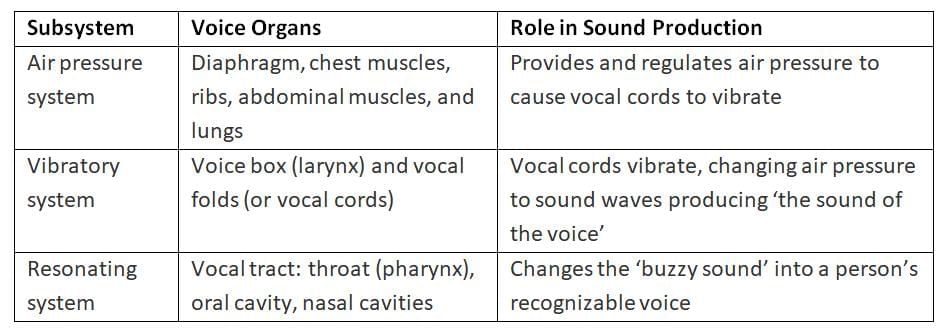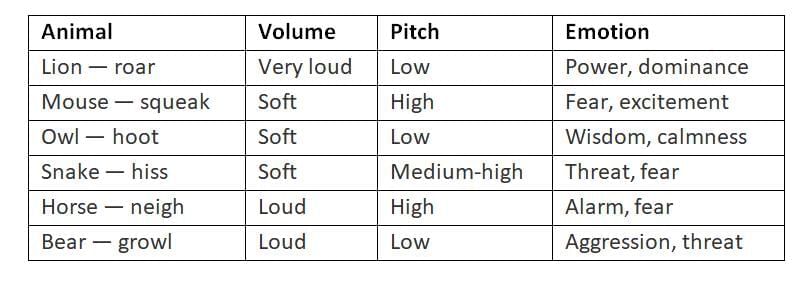Bringing Words Alive—Play Reading Chapter Notes | Arts (Kriti) Class 8 - New NCERT PDF Download
| Table of contents |

|
| Introduction |

|
| Rehearsed Reading |

|
| Three Voice Subsystems |

|
| Volume and Pitch |

|
Introduction
Play reading is the initial step towards creating a full-fledged theatrical performance. A form of theatre where actors read their lines aloud without using props, sets, or costumes. The focus is purely on voice, expression, and character portrayal. Unlike regular reading, rehearsed reading brings characters and emotions to life through voice modulation, pauses, and expression.
Rehearsed Reading

- Rehearsed reading is a type of theatre. It is done without any set, props, costumes, or make-up. Actors wear normal clothes, sit on chairs on the stage, and read their lines out loud.
- It is more than just reading. It brings characters, feelings, and stories to life. Every word, pause, and expression is important. Each line becomes fun for the audience.
- This helps improve your imagination and connects the words directly to the people watching, without needing sets or costumes.
- You might think it’s easy, but it needs a lot of work, practice, and effort. All the effort goes into making your voice, understanding of characters, and emotions perfect.
- Actors stay in character the whole time and use all their energy to show feelings through their voice.
- This type of acting focuses mostly on speech and how lines are said. So, we work on making speech clear, improving voice and diction, and showing feelings through speech.
- All these depend on your body. You can’t use any tools to make it better. So, first, let’s understand how voice is made in our body.
- Most people think voice comes only from vocal cords, but vocal cords are just one part of many in our body that help make different sounds, speech, and voices.
- This process is similar to singing practice. Both work on vocal cords, pitch, volume, and the feelings they create.
Three Voice Subsystems
Voice is made by three parts in our body. Here’s how they work:
- Play reading: A performance with only voice, no action.
- Mime: A performance with no voice, only action.
Understanding these parts helps you control your voice better. It lets you make the right voice for a line in the script. The pitch, volume, and feelings come from these body parts. This is called Vachika abhinaya in the Natyashastra. Vachika means speech or language. Any performance with speech or language, even songs in dance, is called Vachika abhinaya.
Volume and Pitch

Volume and pitch are important in music, but they are also key for theatre students. Good acting depends on them. You can use your music lessons to practice.
- Volume is how loud or soft a sound is. You’ve probably tried this with music on your gadgets. In theatre, controlling volume helps emotions and messages reach the audience. This happens in daily life too. You scream loudly when angry. Animals use volume too. Lions roar loudly to show power and say, “This is my place!” Cats meow softly to show comfort and love. In theatre, loud volume shows strong emotions like anger or joy, while soft volume shows sadness, fear, or kindness. Changing volume helps express emotions clearly and connect with the audience, like animals share feelings in the wild.
- Pitch is how high or low a sound is. High pitch shows excitement, fear, or fun, like when you scream for a surprise gift. Low pitch shows seriousness, calmness, or anger. For example, a mouse squeaks in a high sound when scared or excited. A bear growls in a deep, low sound to warn or show fight. In theatre, actors change pitch to make characters real, like a child speaking high or a wise old king speaking low. Mastering pitch helps create different personalities and show many emotions.
We use animal examples to understand what volume and pitch can show. Here’s a table to explain better:
|
76 docs|19 tests
|
FAQs on Bringing Words Alive—Play Reading Chapter Notes - Arts (Kriti) Class 8 - New NCERT
| 1. What is the significance of rehearsed reading in a play reading class? |  |
| 2. How do the three voice subsystems contribute to effective speech in play reading? |  |
| 3. Why is clarity in speech important during a play reading? |  |
| 4. How can diction affect the performance of a play? |  |
| 5. What role does emoting through speech play in a play reading class? |  |















